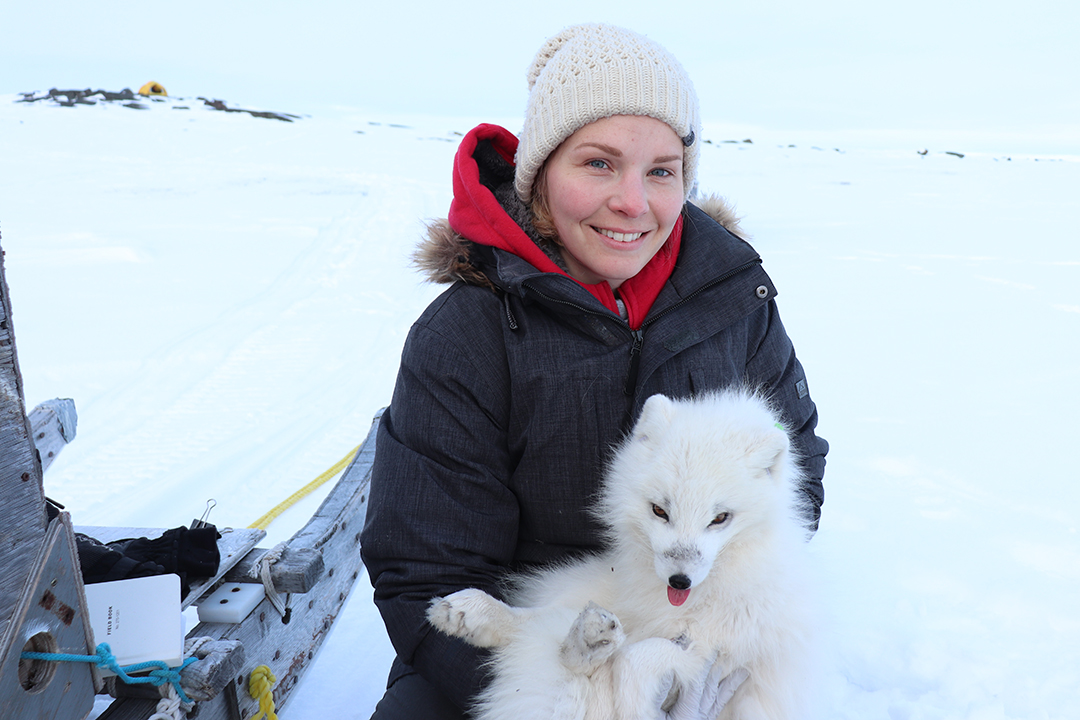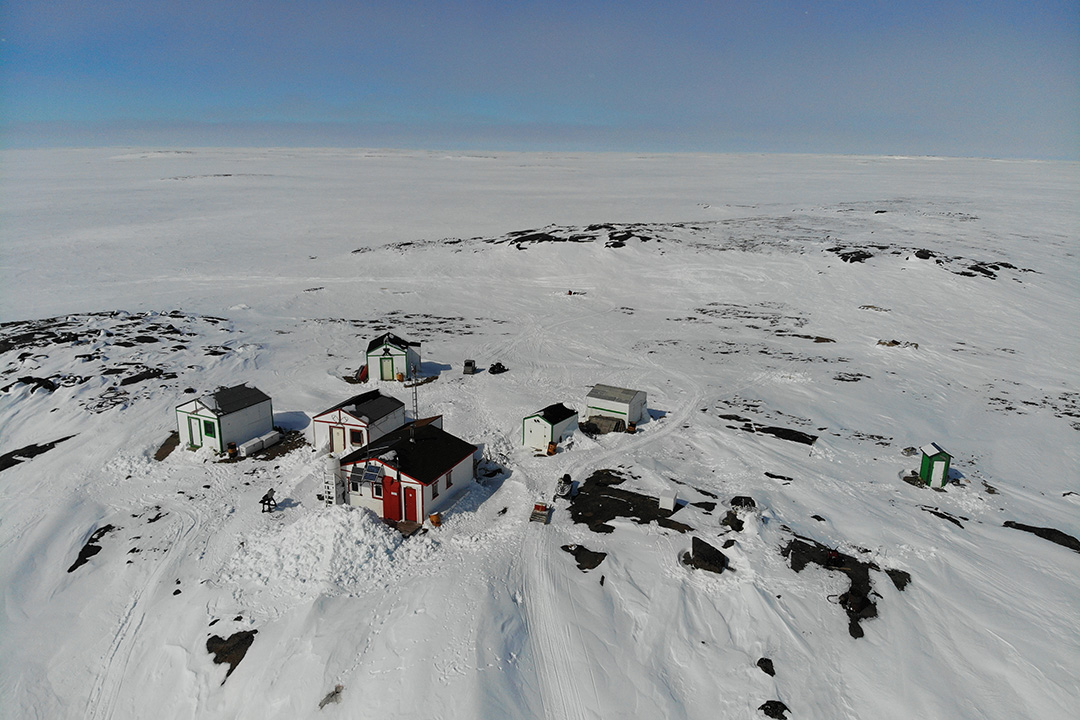Buhler also notes that in the case of Francisella tularensis — the bacteria responsible for the disease tularemia, colloquially known as “rabbit fever” — diminishing amounts of sea ice due to climate change may increase the risk of bacteria exposure for polar bear populations.
Understanding these varied and important links are critical for understanding the effects of climate change on wildlife, but also for predicting potential threats to humans and the environment at large.
Research findings have been published in the journal Global Change Biology and presented at the Wildlife Disease Association Conference in 2021. Buhler’s work is supervised by Dr. Emily Jenkins (PhD), a researcher and professor in the WCVM's Department of Veterinary Microbiology.
The research is unique in that it incorporates not just academic research teams, but also engages the surrounding communities that are familiar with the study region and their personal knowledge.
“We partner with Indigenous communities to incorporate traditional knowledge with western science to create a clear picture of wildlife health in the North,” says Buhler.
“My research is built entirely on a One Health approach, using wildlife as sentinels for diseases that could impact both human and animal health.”
Buhler says the next step in the research is to investigate how seasonal changes in biodiversity, such as bird and mammal migration, affect disease transmission to northern wildlife.
“I always felt a connection with the story of my great grandfather, who played an instrumental role in the early 1900s in protecting the migratory routes of the trumpeter swan,” says Buhler of her decision to become a researcher.
“The interconnection between the health of people, animals and their shared environment was very tangible in my early years. I had no doubt that I would wind up in a similar field, one that allowed me to contribute to wildlife conservation and health.”
The research has been funded by the Northern Scientific Training Program, Polar Knowledge, the Polar Continental Shelf Program, Arctic Net, the Weston Family Foundation, and the Natural Sciences and Engineering Research Council of Canada Discovery grant program.
Article originally published as part of the "Young Innovators" program, a partnership between the Saskatoon StarPhoenix and the University of Saskatchewan.


